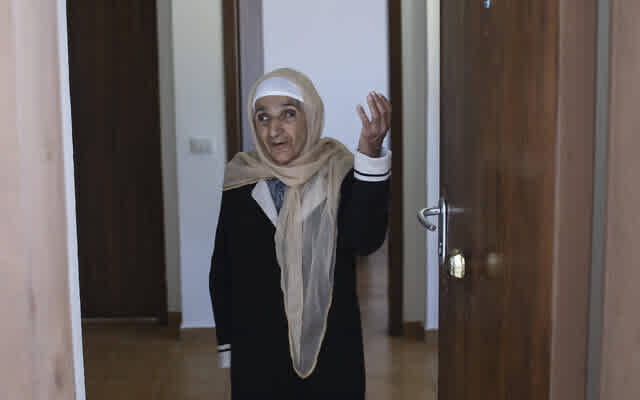The Jews of Afghanistan
There is an extensive history of Jewish settlement in the area of modern Afghanistan. Ancient sources say that Jews lived in the region dating to the 6th century BCE. Afghani Jews bear many similarities to Persian Jews, speaking a similar language and sharing common cultural practices. From the 7th-8th century CE, there are accounts of even more Persian Jews fleeing to Afghanistan because of the Muslim invasion of Persia at the time.
In the Middle Ages, the Afghani Jewish population continued to grow, reaching between 40,000-80,000 strong by the 11th-12th century CE. Major Jewish centers emerged in Afghanistan during the Middle Ages, located in such cities as Merv, Balkh, Kabul, Nishapur, Ghazni and Herat. In particular, Herat and Kabul were noted for having the largest Jewish communities in Afghanistan. Herat was the largest by far; the Jews of this city were connected very closely to the Jews of Persia, and worked in a variety of prestigious positions.
Jews continued to live relatively well until the Mongol invasion of Afghanistan, which displaced a myriad of Jews from their homes, disrupted numerous trade routes, and destroyed the fortunes of many. Despite efforts to restore their wealth in the next few centuries, most Afghani Jews became impoverished. During this time, a significant number of Afghani Jews became involved in the cotton and silk industries. Their hands became dyed blue during the production process, leading to a stereotype that this was an inherent condition for Jews.
In the 1800s, the situation deteriorated even further for Afghani Jews. Forced conversions in neighboring Persia motivated many Jews to flee to Afghanistan, especially to Herat’s old Jewish center. However, Afghani government policy was hardly better. Jews had to deal with pogroms in cities such as Herat, higher taxes, and forced military conscription. Scores of Afghani Jews began to leave Afghanistan around this time, with some making their way to pre-state Israel.
When King Nadir Shah took power in the early 20th century, Jews enjoyed a very brief period of respite when he revoked many old antisemitic laws. However, once he was assassinated, the popularity of Nazism grew and even more pogroms occurred. By the 1960s, due to a combination of riots, ghettoization and economic hardship, very few Jews remained. Aside from a large community in Israel, about 1,000 Afghani Jews live in Queens, New York.
Afghanistan no longer has any Jews as of 2021. Before then, Afghanistan was famous because of Zablon Simintov, the last Jew in Afghanistan, who stayed in the country despite the fact that his family was in Israel. He eventually had to be evacuated to Israel because of the resurgence of the Taliban.
.png?u=https%3A%2F%2Fimages.ctfassets.net%2F02dfoawcqsio%2F7H0XnAfEWj4ptvzJPsNxw%2F6ac5ff373e4ab03c1cae288141d757d3%2FEnglish_Mizrahi_Campaign_-_Afghanistan_Infographic__1_.png)

